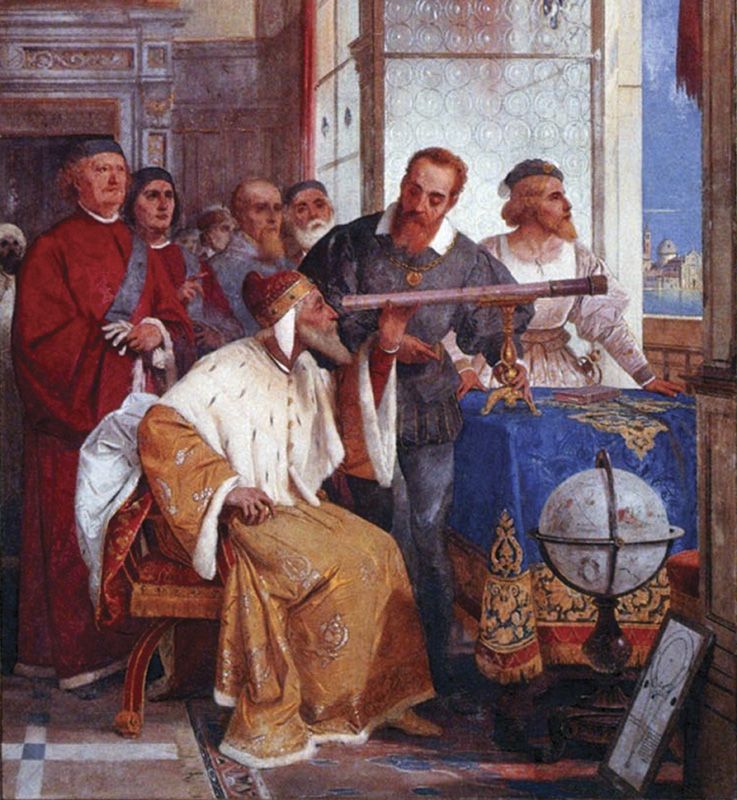History of the First Modern Telescopes
First modern telescopes were created in early 17th century, after more than 2 thousand years of slow exploration of properties of optics, rays of light and lenses. However, as soon as first models of telescope were popularized by Dutch spectacle-makers and by telescope made by Galileo Galilei, telescopes (and its smaller cousin binoculars) become commonplace across entire world and improved with each passing decade. With more than 500 years of expertise, mankind moved away from the small and inefficient design of medieval Europe, and moved to the new age where telescopes can gather not only visible light using one or multiple (segmented) mirrors. Today, telescopes are used by everyone from amateur astronomers, ship crews, scientists, large observatories that are built on tops of tall mountains (so that they are not affected by clouds and thick atmosphere) and even space, making them one of the most instrumental tools for discovering incredible amount of information about our environment, planet, solar system and entire universe.
It all started with the first patented telescope design that was made by Dutch spectacle-maker Hans Lippershey in 1608. He used the expertise that was collected and explained by the Arab scientists Alhazen in his “Book of Optic” and 2 centuries of European experience of crafting spectacles. By using larger lenses and larger overall design, Lippershey managed to create first crude telescope that made significant waves in the scientific community of Europe. While Lippershey’s design was very important, another design was remembered as beginning of true “usable” era of telescopes. That model was created by none other than Galileo Galilei, who fixed some of the most important problems of Hans Lippershey (most notably inverted image). Galilean telescope became the basis of all future telescopes, who very quickly received numerous updates from wide array of scientists and inventors. Even the word telescope was created after Galileo made his design (coined by Greek mathematician Giovanni Demisiani who was smitten by Galileo’s design).
The quick expansion of the telescope capabilities started very quickly, first with Galileo, and in 1611 by Johannes Kepler who provided mathematical solutions for calculating effects of lenses and creating first astronomy-focused telescope that had two convex lenses. Following Kepler, other scientists improved the usability, resolution and focus of telescopes, most notably Christian Huygens, Isaac Newton and Robert Hooke. In 18th century, telescopes received large improvement with the introduction of parabolic mirrors by the English mathematician John Hadley.
The greatest century of the telescope improvement was of course 20th century, which was birthplace of many different designs that moved away from gathering visible light and toward other electromagnetic spectrum ranges. Telescopes became much bigger, more precise, versatile and dozens of them were launched into space, including the most popular and most successful telescope of all time - Hubble Space Telescope.
Hubble and many other large space telescopes that are built today represent one of the most important scientific instruments of mankind, whose versatility and variations in lens size enables anyone to experience the effects of optics. And even though we have achieved much with the 500-year long history of modern telescopes, their life has just started and many plans are already in motion for building significantly larger and more advanced telescopes that will be able to capture the light from the dawn of our universe.
